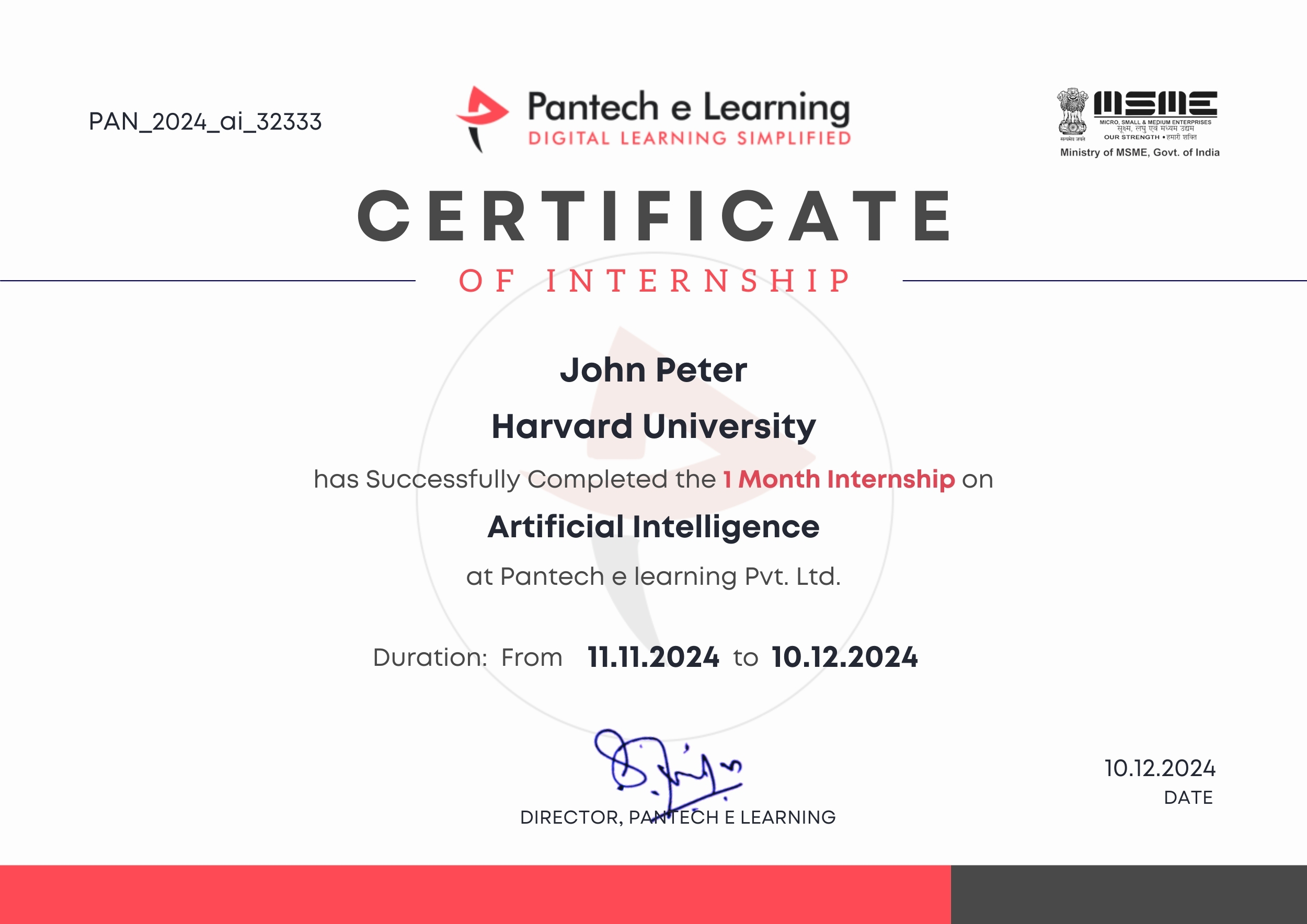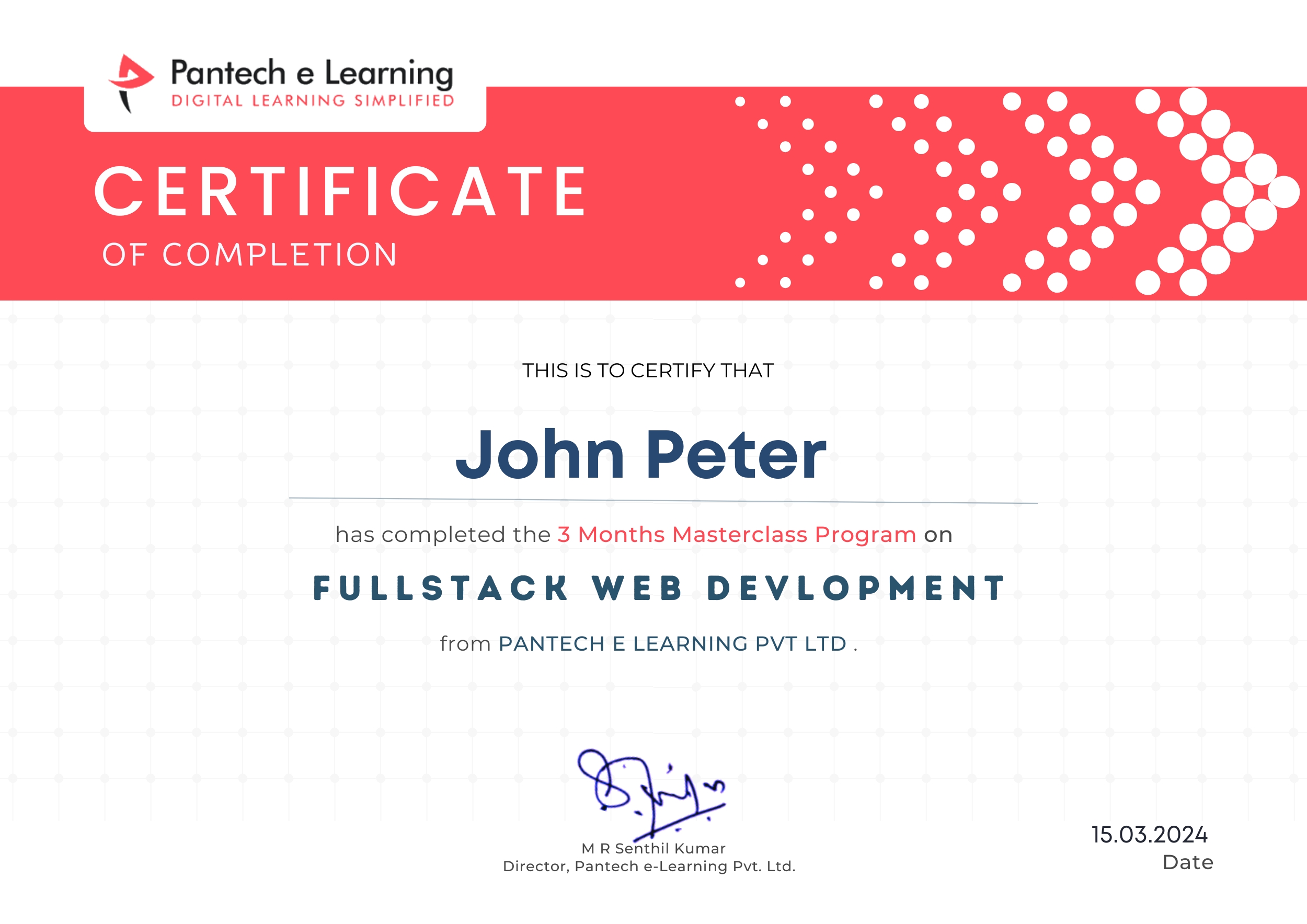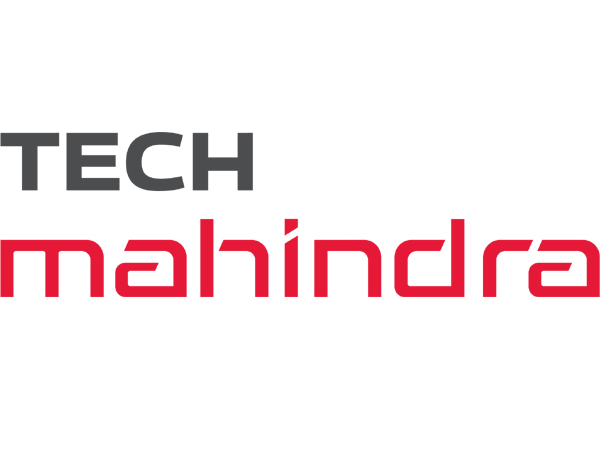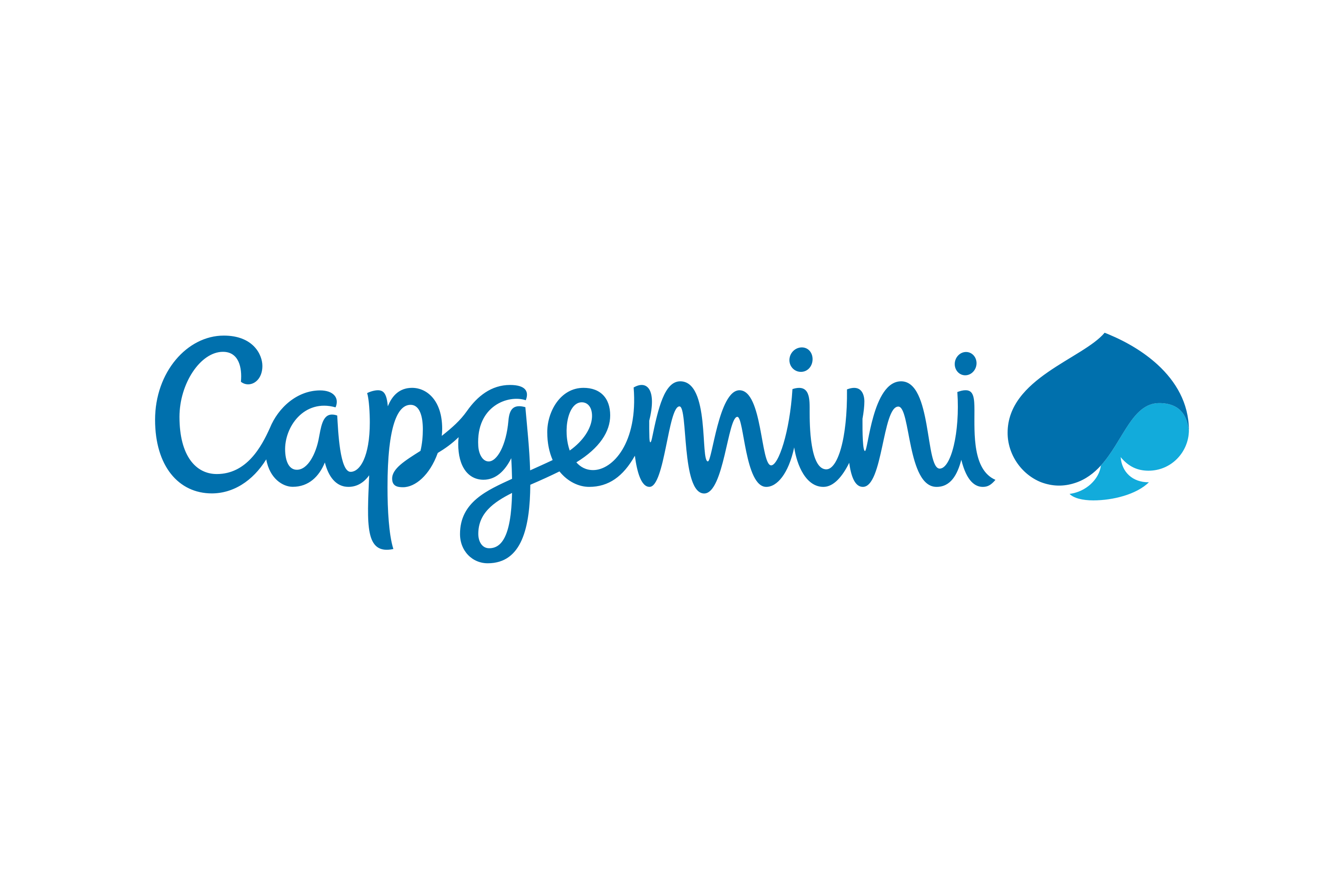
Renewable Energy Design
Internship 2025
Learn solar PV system design, from PV panels, mounting, and shading to MPPT control with PO, IC, and fuzzy logic. Explore inverter types, battery selection, power converters, and CAD single-line diagrams. Study integration with wind energy, protection, solar EVs, and water pumping, plus Arduino control, gate drive, and sensor circuits.
1/ 2 Months
Online
8+ Live Projects
Dual Certification
Ultimate Step towards your Career Goals: Expert in Renewable Energy
Explore solar PV systems, MPPT control, inverters, battery and converter design, CAD diagrams, and wind energy integration. Study solar EVs, water pumping, protection, and Arduino control in renewable energy.
Internship Benifits
Mentorship
Receive guidance and insights from industry experts.
Hands-on Experience
Gain practical skills in a real-world cutting-edge projects.
Networking
Connect with professionals and peers in your field.
Skill Development
Enhance your technical and soft skills.
Career Advancement
Boost your resume with valuable experience.
Certificate
Get a certification to showcase your achievements.
Renewable Energy Internship Overview
Introduction to Solar PV System
- Overview of solar photovoltaic (PV) systems, their components, and applications in renewable energy.
Fundamentals of MATLAB Simulink
- Basics of MATLAB Simulink for modeling and simulating PV systems and energy components.
Solar PV Panels and Mounting Structure
- Description of PV panels and mounting options, including rooftop and ground mounting structures.
Types and Selection of Solar Modules
- Different types of solar modules and criteria for selecting the appropriate one for specific projects.
Selection of Tilt Angle, Grounding System
- Determining the optimal tilt angle for solar panels and grounding techniques to enhance performance and safety.
PV Shading Effects
- Understanding how shading impacts PV efficiency and strategies to minimize shading losses.
MPPT Basics
- Introduction to Maximum Power Point Tracking (MPPT) and its importance in optimizing energy output.
MPPT Design with PO Algorithm
- Designing MPPT with Perturb and Observe (P&O) algorithm for real-time power optimization.
MPPT Design with IC Algorithm
- Implementing MPPT using the Incremental Conductance (IC) algorithm to improve tracking accuracy.
MPPT Design with Fuzzy Logic
- Utilizing fuzzy logic-based MPPT for enhanced performance under varying conditions.
Types of Charge Controllers and Their Selection Technique
- Overview of charge controllers (PWM and MPPT) and guidelines for selecting the appropriate type.
Off-Grid Inverter Design
- Designing inverters for standalone systems, converting DC to AC power for off-grid applications.
Types and Selection of Different Solar Inverters
- Examining various inverter types and selection criteria for different PV system setups.
Types and Selection of Batteries in Solar Energy Systems
- Overview of battery options for PV systems and selection based on energy requirements.
Power Converter Design
- Basics of designing power converters to manage energy flow between PV modules and the load.
Non-Isolated Power Converter
- Non-isolated converters, suitable for applications requiring compact design and low cost.
Isolated Power Converter Design
- Isolated converters, used for safe energy transfer and reducing interference in larger systems.
Design of Single Line Diagram of the PV System Using CAD Tools
- Creating a one-line diagram for PV system planning using CAD software.
Solar PV System Business Case Study
- Analysis of a PV system’s economic feasibility, focusing on return on investment and payback period.
Arduino Microcontroller
- Using Arduino for monitoring and controlling PV system components, including sensors and relays.
Gate Drive Circuit Design
- Designing gate drivers to control power switches within converters and inverters in PV systems.
Sensor Circuit Design
- Designing circuits for sensors to measure temperature, irradiance, voltage, and current in PV setups.
Basics of Wind Energy System
- Introduction to wind energy generation, including components and applications in renewable setups.
Wind Energy Power System Design
- Designing a wind power system, covering turbine selection, site assessment, and integration.
Solar PV and Wind Energy System Integration
- Combining solar PV and wind energy for hybrid systems, maximizing renewable energy generation.
Design of Protection for PV System
- Implementing protection mechanisms like surge protection, over-voltage, and grounding for PV systems.
Solar PV Powered Electric Vehicle System
- Integrating PV systems with EVs for direct solar charging and energy independence.
Design and Components of the Solar Water Pumping System
- Designing a solar-powered water pumping system, often used for agricultural and remote applications.
Research Concepts in Renewable Energy System
- Exploring innovative research areas in renewable energy, including energy storage, smart grids, and hybrid systems.


Looking for in-depth Syllabus Information? Explore your endless possibilities in Renewable Energy with our Brochure!
share this detailed brochure with your friends! Spread the word and help them discover the amazing opportunities awaiting them.
Project Submission: Example Output Screenshots from Our Clients
Take a look at these sample outputs crafted by our clients. These screenshots showcase the impressive results achieved through our courses and projects. Be inspired by their work and visualize what you can create!













Dual Certification: Internship Completion & Participation
Earn prestigious Dual Certification upon successful completion of our internship program. This recognition validates both your participation and the skills you have honed during the internship


How does this Internship Program Work?
Step 1 Enroll in the Program
- Get a Mentor Assigned
- Presentations & Practice Codes
- Learn at your Flexible Time
- Apprehend the concepts
Step 2 Project Development
- Implement Skills Learn
- Develop Projects with assistance
- Get Codes for Reference
- Visualise the Concepts
Step 3 Get Certified
- Certificate of Internship
- Project Completion Certificate
- Share on social media
- Get Job Notifications
Choose Your Plan fit your needs
Master the Latest Industrial Skills. Select a technology domain & kick off your Internship immediately.
1 Month
₹1999/-
₹999/-
- Internship Acceptance Letter
- 90 Days from the date of payment
- 4 LIVE intractive Mastermind Sessions
- 4+ Capstone Projects & Codes
- Full Roadmap
- Internship Report
- 1 Month Internship Certificate
2 Month
₹3299/-
₹1899/-
- Internship Acceptance Letter
- 180 Days from the date of payment
- 4 LIVE interactive Mastermind Sessions
- 12+ Capstone Projects & Codes
- Full Roadmap
- Internship Report
- Participation Certificate
- 2 Month Internship Certificate
Our Alumni Employers
Curious where our graduates make their mark? Our students go on to excel in leading tech companies, innovative startups, and prestigious research institutions. Their advanced skills and hands-on experience make them highly sought-after professionals in the industry.









EXCELLENTTrustindex verifies that the original source of the review is Google. I recently completed my Python internship under the guidance of Mentor poongodi mam We learnt so many new things that developed my knowledge.this experience is good to learnTrustindex verifies that the original source of the review is Google. I completed my python internship guidance of mentor poongodi mam. She thought us in friendly qayTrustindex verifies that the original source of the review is Google. Poongodi mam done very well She took the class very well When we ask any doubt without getting bored she will explain,we learned so much from mam,marvelousTrustindex verifies that the original source of the review is Google. I have handled by poongodi mam.domain python intership...was goodTrustindex verifies that the original source of the review is Google. I recently completed Python internship under the guidance of poongodi mam who excelled in explaining concepts in an easily understandable wayTrustindex verifies that the original source of the review is Google. Fantastic class we were attended..we got nice experience from this class..thank you for teaching python mam...Trustindex verifies that the original source of the review is Google. -The course content was well-structured - I gained valuable insights into microcontrollers, sensors, and programming languages- The workshop was informative, interactive, and challenging, pushing me to think creatively. Ms Jimna our instructor her guidance and feedback helped me overcome obstacles and improve my skills.Trustindex verifies that the original source of the review is Google. The learning experience was really worth since more than gaining just the knowledge all of the inputs were given in a friendly and sportive manner which then made it a good place to learn something with a free mindset... 👍🏻Trustindex verifies that the original source of the review is Google. I recently completed my full stack python intership under the guidance of mentor Gowtham,who excelled in explaining concepts in an easily understand mannerTrustindex verifies that the original source of the review is Google. Gowtham-very interesting class and I learning so many things in full stack python development and I complete my internship in Pantech e learning and it is useful for my career
FAQ
What is a Solar PV system, and how does it work?
A Solar PV (photovoltaic) system converts sunlight into electricity using solar panels made of photovoltaic cells. These cells absorb sunlight and generate a direct current (DC), which can be used or converted to alternating current (AC) for broader applications.
What are the effects of shading on solar panels?
Shading, even on a small portion of a panel, can significantly reduce output by blocking sunlight, causing “hot spots” and efficiency losses. Strategic layout and bypass diodes can help mitigate these effects.
What is MPPT, and why is it important in solar PV systems?
MPPT maximizes the power output from solar panels by adjusting the operating point to the peak power voltage. It’s especially important as solar irradiance changes, allowing efficient energy capture.
What is the Incremental Conductance (IC) algorithm in MPPT?
The IC algorithm compares the incremental conductance to the actual conductance to locate the maximum power point. It’s effective under rapidly changing light conditions.
What is the role of a charge controller in a solar PV system?
Charge controllers regulate the current from solar panels to batteries, preventing overcharging and protecting battery life. MPPT and PWM are common types, with MPPT providing higher efficiency.
How can solar and wind systems be integrated effectively?
Hybrid systems combine solar and wind to provide a more reliable energy source by balancing the variable nature of each. They often include batteries, controllers, and inverters for optimal integration.
Start Your Tech Journey Today
Sign Up for Exclusive Resources and Courses Tailored to Your Goals!
© 2025 pantechelearning.com

